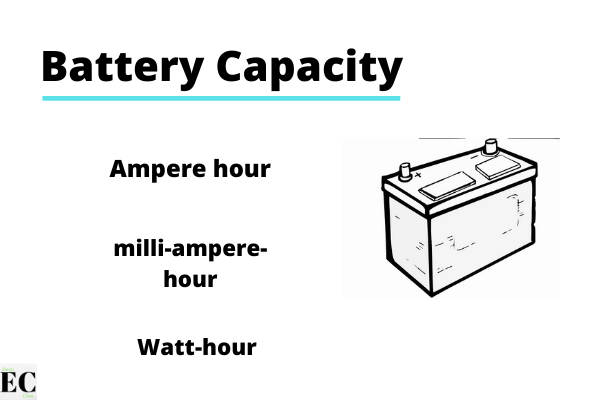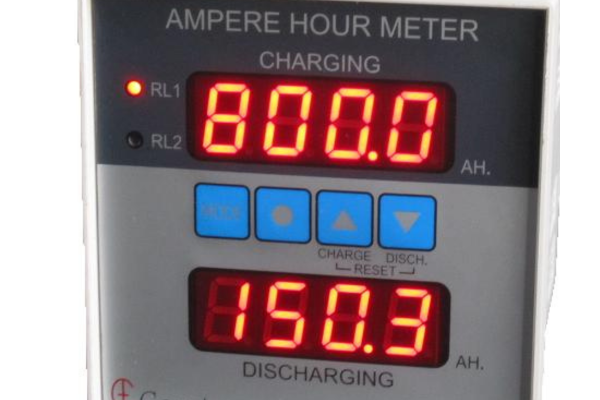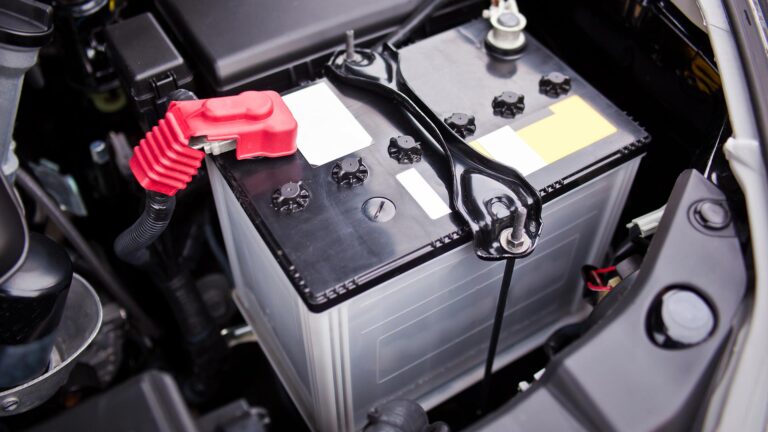How To Amp Hrs Use For Super Change In Battery
Contents
How To Amp Hrs Use For Super Change In Battery? Exploring Battery Performance through Amp-Hours In an increasingly digital world, battery performance is a cornerstone of functionality. Imagine a world where your devices could run without interruption, and your gadgets could keep up with your pace.
This is where amp-hours come into play, offering a key metric to gauge and enhance battery performance. In this article, we understand the significance of amp-hours shedding light on how this measurement empowers us to optimize our devices for longer-lasting, uninterrupted usage.
Understanding Amp-Hours
Amp-hours (Ah), often referred to as ampere-hours, represent a crucial metric for measuring the capacity of a battery and its ability to store and deliver electrical energy over time.
This unit quantifies the amount of charge a battery can provide or store.
Consider the significance of amp-hours in measuring battery capacity as the fuel tank size of an electrical device.
Just as a larger fuel tank allows a vehicle to travel longer distances before refueling, a battery with a higher amp-hour capacity can power a machine for a more extended period before recharging.
For example, suppose a battery is rated at 10 amp-hours. In that case, it can deliver a constant current of 1 amp for 10 hours, 2 amps for 5 hours, or any other combination that maintains the total charge within the 10 amp-hour capacity.
Performance
Capacity
Amp-hours directly correlate with the capacity of a battery indicating how much energy it can store and deliver.
Batteries with higher amp-hour ratings have more capacity allowing devices to run for longer periods before needing a recharge. This is particularly important in applications requiring extended operation such as smartphone, laptops and electric vehicles.
Output Power
Amp-hour capacity influences a battery’s ability to deliver higher currents for power-hungry devices.
Batteries with higher amp-hour ratings can supply greater currents enabling devices to function optimally even during high-demand scenarios such as heavy usage or resource-intensive tasks.
Life time
Amp-hours also impact the number of charge and discharge cycles a battery can undergo while maintaining acceptable performance. Batteries with larger amp-hour capacities generally have a longer cycle life since the charge and discharge processes are spread out over a larger energy reservoir.
3. Peukert’s Law
Amp-hour ratings are also involved in Peukert’s Law, which describes how a battery’s capacity and discharge rate are interrelated.
In practical terms higher discharge rates (drawing more current) can lead to reduced effective capacity compared to the rated amp-hours. This means that when high currents are drawn the battery’s available capacity might be lower than expected.
Voltage Current In Batteries
How To Amp Hrs Use For Super Change In Battery
1. Amp-Hours (Ah)
Amp-hours represent the battery’s capacity indicating how much charge it can store and deliver. It is a measure of the total energy the battery can provide over a specific period.
2. Voltage (V)
Voltage refers to the electrical potential difference between two points in a circuit. It determines the force that drives electrical current through a circuit. Different types of batteries have different voltage levels. For instance, a typical AA alkaline battery has a voltage of about 1.5 volts while a lithium-ion laptop battery might have a voltage of around 3.7 volts.
3. Current (I)
Current represents the flow of electric charge in a circuit and is measured in amperes (amps). It is the rate at which charge (electrons) moves through a conductor. The current drawn from a battery determines the rate at which energy is delivered to a device.
Relationships
- Ohm’s Law: Ohm’s Law (V = I * R) describes the relationship between voltage, current, and resistance.
- In a battery-powered circuit, if resistance remains constant, an increase in current (higher amperage) leads to a decrease in voltage, and vice versa. This relationship helps explain how changing the current draw from a battery affects its output voltage.
- Capacity Calculation: The total energy delivered by a battery is the product of its voltage and amp-hour rating (Energy = Voltage * Amp-Hours). This relationship highlights that both voltage and amp-hours contribute to the overall energy a battery can provide.
Right Battery for Your Needs
Lithium-Ion (Li-ion) Batteries
- Higher Energy Density 200 amp hrs: Li-ion batteries typically have a higher energy density compared to NiMH batteries. This means they can store more energy in a smaller and lighter package, allowing devices to run longer on a single charge.
Amp-Hour Performance: Li-ion batteries generally offer higher amp-hour ratings compared to NiMH batteries of similar size. This means that Li-ion batteries can provide more energy (amp-hours) over a specific period contributing to longer device runtime.
Panasonic eneloop pro High Capacity Rechargeable Batteries
Enjoy enduring performance with eneloop pro rechargeable AA and AAA batteries, which can be recharged up to 500 times. These batteries arrive pre-charged from the factory powered by solar energy and retain up to 85% of their charge even after a year of disuse. The Panasonic CC55 battery charger showcases advanced charging capabilities individually treating each eneloop pro battery to achieve an optimal charge on every occasion.
Nickel Metal Hydride Nimh Rechargeable Batteries
- Moderate Energy Density: NiMH batteries have a moderate energy density, which means they can store less energy compared to Li-ion batteries of the same size. This can result in shorter device runtimes and larger battery sizes.
- Amp-Hour Performance: NiMH batteries have a lower typical amp-hour rating compared to Li-ion batteries. This can lead to shorter device usage before requiring recharging.
- Higher Self-Discharge: NiMH batteries have a higher self-discharge rate compared to Li-ion batteries. They tend to lose their charge more quickly when not in use, which can result in a reduced battery life if left unused for extended periods.
Pros
- Ampere-hour ratings guide users to match battery capacity with device power needs ensuring efficient utilization and avoiding over-specification.
- In emergency situations understanding battery capacity helps prioritize devices and allocate available energy wisely.
- Knowing the battery’s ampere-hour capacity allows users to estimate how long a device can operate before requiring a recharge or replacement.
Cons
- Amp-hour capacity will automatically double device runtime this overlooks factors like voltage and discharge rate which also influence runtime.
- lower amp-hour batteries are inherently less capable but they might suit specific applications better optimizing weight and size.
Future Trends in Battery Technology
Advancements are reshaping amp-hour optimization. Innovative electrode materials like silicon anodes in lithium-ion batteries promise higher energy densities elevating amp-hour capacities.
Smart battery management systems employ AI algorithms to precisely monitor usage patterns extending battery life. Nanotechnology contributes to enhanced electrode designs boosting amp-hour retention and overall efficiency.
Conclusion
Amp-hours serve as the fundamental currency of energy storage influencing the performance longevity and overall capabilities of batteries. Recognizing their significance empowers us to make informed choices when selecting batteries for our devices ensuring optimal runtime and efficiency.
While higher amp-hour ratings offer extended operation. it’s essential to consider the holistic interplay of factors such as voltage, current and discharge patterns for effective energy management.
FAQ
How much time is 1 amp hour?







